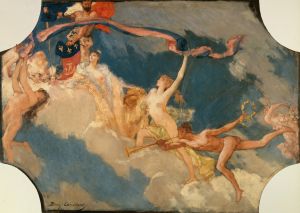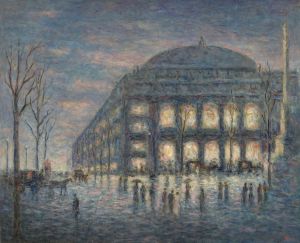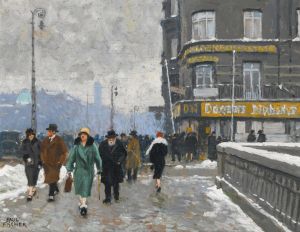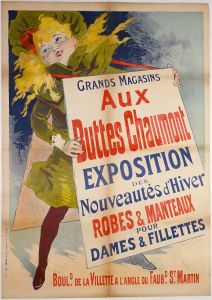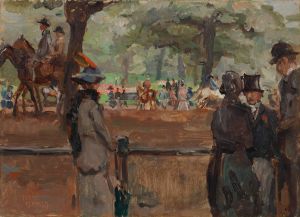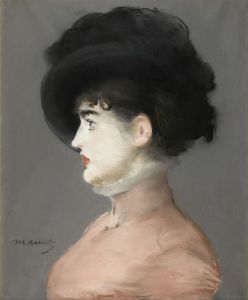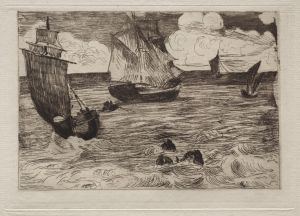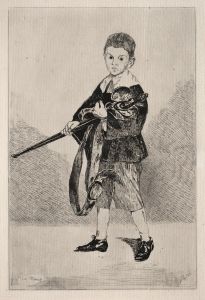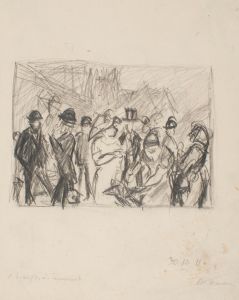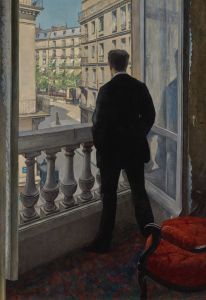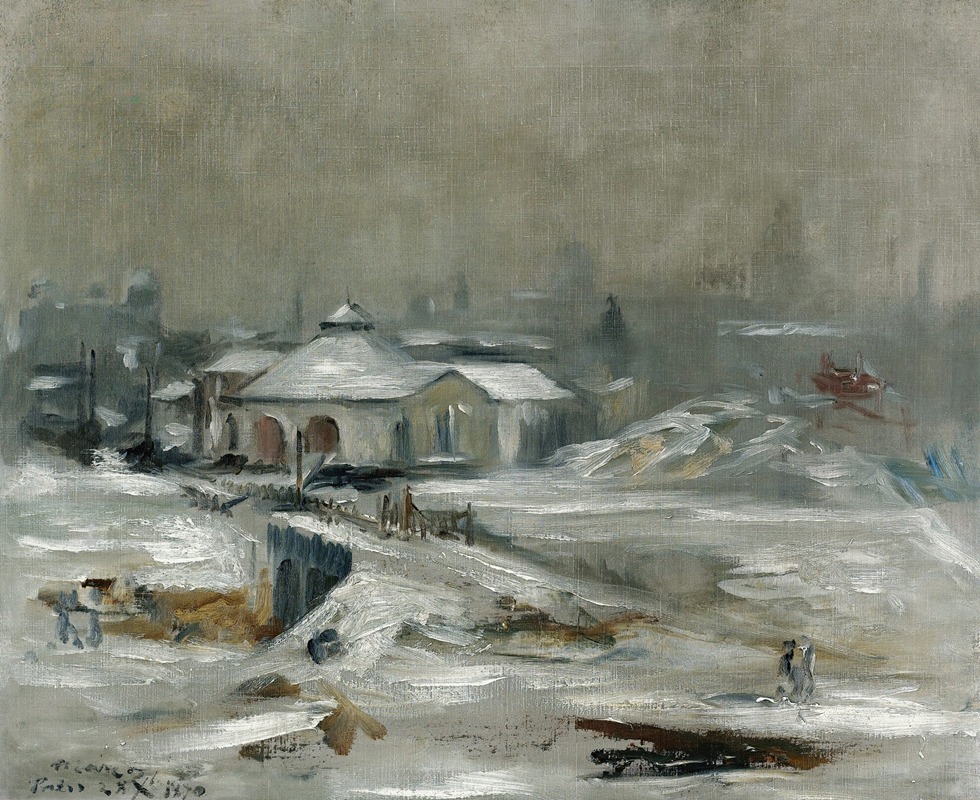
La Gare Du Chemin De Fer De Sceaux
A hand-painted replica of Édouard Manet’s masterpiece La Gare Du Chemin De Fer De Sceaux, meticulously crafted by professional artists to capture the true essence of the original. Each piece is created with museum-quality canvas and rare mineral pigments, carefully painted by experienced artists with delicate brushstrokes and rich, layered colors to perfectly recreate the texture of the original artwork. Unlike machine-printed reproductions, this hand-painted version brings the painting to life, infused with the artist’s emotions and skill in every stroke. Whether for personal collection or home decoration, it instantly elevates the artistic atmosphere of any space.
Édouard Manet's painting "La Gare Saint-Lazare," commonly referred to as "The Railway," is one of the artist's most celebrated works, completed in 1873. Despite the common misnomer, the painting does not depict the Gare du Chemin de Fer de Sceaux but rather the Gare Saint-Lazare in Paris, which was the largest and busiest train station in the city at the time. This painting is notable for its modern subject matter and innovative composition, reflecting Manet's interest in contemporary life and his break from traditional artistic conventions.
"The Railway" features a scene set in a small garden near the Gare Saint-Lazare, where a young woman and a little girl are depicted. The woman, believed to be Victorine Meurent, a frequent model for Manet, is seated, reading a book, while the young girl stands beside her, gazing through the iron fence at the steam and smoke rising from the trains below. The painting captures a moment of leisure and curiosity, juxtaposed with the industrial backdrop of the railway, symbolizing the rapid modernization of Paris during the 19th century.
Manet's composition is striking for its use of light and color, as well as its unconventional perspective. The painting is characterized by its loose brushwork and the contrast between the bright, sunlit figures in the foreground and the darker, more abstracted forms of the train and steam in the background. This contrast highlights Manet's skill in capturing the effects of light and atmosphere, a hallmark of his work that would influence the Impressionist movement.
The painting was first exhibited at the Paris Salon in 1874, where it received mixed reviews. Some critics praised Manet's bold approach and modern subject matter, while others were less receptive to his departure from traditional techniques and themes. Despite the initial controversy, "The Railway" has since been recognized as a significant work in Manet's oeuvre and a pivotal piece in the transition from Realism to Impressionism.
Manet's choice of subject reflects the changing landscape of Paris during the late 19th century, a time when the city was undergoing significant transformation under the direction of Baron Haussmann. The expansion of the railway network was a key aspect of this modernization, symbolizing progress and the interconnectedness of urban life. By depicting a scene at the Gare Saint-Lazare, Manet captures the essence of this transformation, highlighting the intersection of the personal and the industrial.
Today, "The Railway" is housed in the National Gallery of Art in Washington, D.C., where it continues to be admired for its innovative approach and historical significance. The painting remains a testament to Manet's ability to capture the spirit of his time, blending traditional techniques with modern themes to create a work that resonates with viewers over a century later. Through "The Railway," Manet not only documents a moment in history but also challenges viewers to consider the impact of industrialization on society and the individual.





